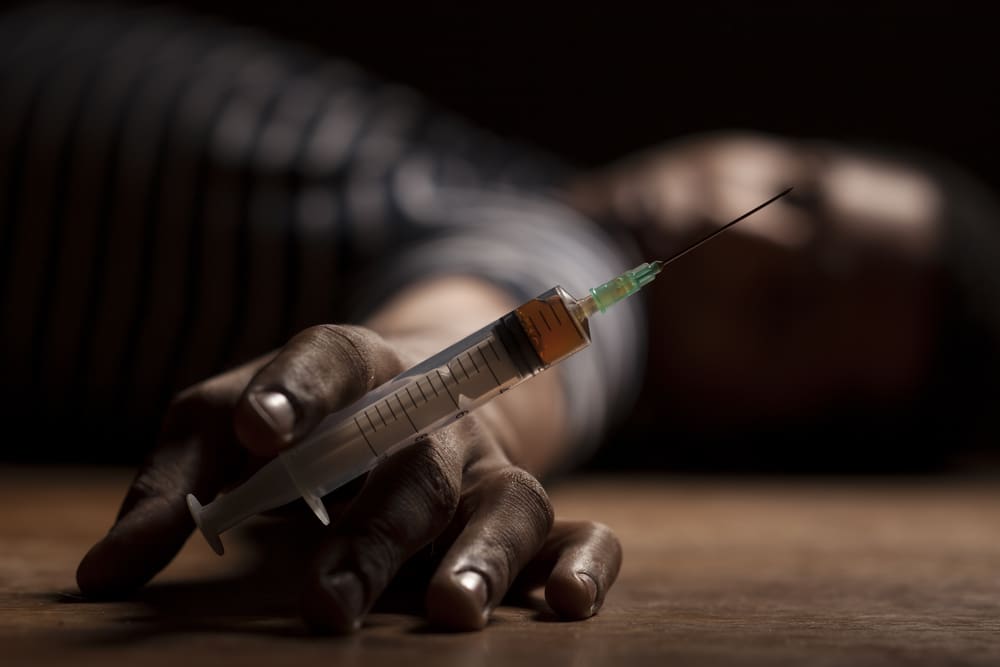Drug use, especially injection drug use, presents substantial risks for HIV transmission. Understanding the intricate relationship between drug use and HIV infections is paramount for implementing effective prevention strategies and supporting affected individuals. This article delves into the connections between drug use and HIV infections, shedding light on key factors and preventive measures. By comprehensively examining these links, we aim to enhance awareness and knowledge surrounding this critical issue.
Through education and targeted interventions, we can work towards reducing the incidence of HIV infections among drug users and mitigating the broader impact on public health. It is essential to recognize the intersectionality of drug use and HIV, addressing not only the immediate risks but also the underlying social, economic and healthcare disparities that contribute to this complex public health challenge.
The Link Between Drug Use and HIV Infections
1. Injection drug use and HIV transmission
– Injection drug use involves the use of needles and syringes to inject drugs directly into the bloodstream.
– Sharing needles or syringes among drug users can lead to the transmission of HIV, as the virus can be present in blood and transmitted through blood-to-blood contact.
– High-risk behaviors associated with injection drug use, such as sharing needles, increase the likelihood of HIV transmission.
2. Impact of drug use on risky behaviors
– Drug use can impair judgment and decision-making, leading to risky behaviors that increase the risk of HIV transmission.
– Under the influence of drugs, individuals may engage in unprotected sex, exchange sex for drugs or share needles without considering the potential consequences.
3. Drug use and HIV stigma
– Stigma associated with drug use and HIV can deter individuals from seeking HIV testing, treatment and prevention services.
– Fear of judgment or discrimination may prevent individuals from accessing harm reduction services or disclosing their HIV status, further increasing the risk of transmission.
Preventing HIV Infections Among Drug Users
1. Harm reduction programs
– Needle exchange programs provide sterile needles and syringes to drug users, reducing the risk of HIV transmission associated with sharing needles.
– Supervised injection sites offer a safe and hygienic environment for drug users to inject drugs under medical supervision, reducing the risk of overdose and HIV transmission.
– Opioid substitution therapy (OST) programs provide medications such as methadone or buprenorphine to reduce opioid cravings and withdrawal symptoms, which can help reduce risky injection behaviors.
2. Access to HIV testing and treatment
– Regular HIV testing is essential for early detection and timely access to treatment.
– Antiretroviral therapy (ART) can effectively manage HIV and reduce the risk of transmission to others.
– Pre-exposure prophylaxis (PrEP) is a preventive medication that can be taken by HIV-negative individuals at high risk of HIV exposure to reduce their risk of infection.
3. Education and awareness
– Providing information about the risks of drug use and HIV transmission can help individuals make informed decisions.
– Promoting safe practices — such as using sterile needles and practicing safer sex — can reduce the risk of HIV infections.
– Addressing underlying issues such as poverty, homelessness and mental health disorders can help reduce the vulnerability of drug users to HIV infection.
Drug use significantly heightens the risk of HIV transmission through multiple pathways. This underscores the critical need for a comprehensive approach that addresses the complex interplay between drug use and HIV infections. Such an approach must encompass various strategies, including harm reduction, access to testing and treatment, and education.
Harm reduction programs — such as needle exchange and supervised injection sites — play a crucial role in reducing the risk of HIV transmission among drug users. These programs not only provide access to sterile needles but also offer support and resources for safer drug use practices.
Access to HIV testing and treatment is equally vital. Regular testing can lead to early detection, allowing individuals to start antiretroviral therapy (ART) promptly. ART not only helps manage HIV but also reduces the risk of transmission to others.
Education plays a pivotal role in raising awareness about the risks associated with drug use and HIV transmission. By promoting safer practices and dispelling myths and misconceptions, we can empower individuals to make informed decisions regarding their health.
By implementing these effective strategies, we can significantly reduce the burden of HIV among drug users and contribute to the creation of healthier communities overall.
This story was created using AI technology.














